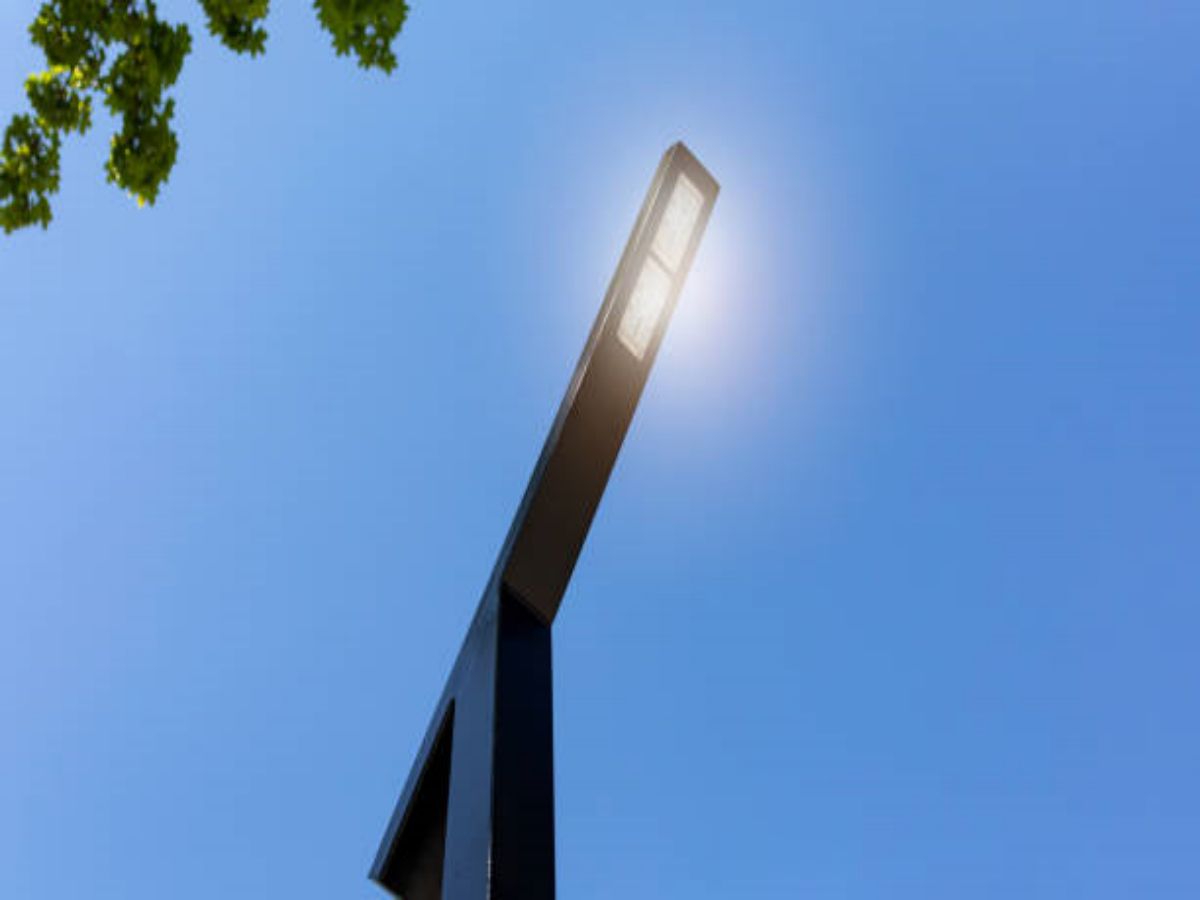What is Usually Found on a Connector to Indicate Which Pin is Pin #1?
Connectors are an essential component of electronic devices, allowing different parts to be linked together. One crucial aspect of connectors is the identification of pin numbers, especially pin #1. In this article, we will explore the various indicators commonly found on connectors to determine which pin is pin #1.
1. Keying Notches or Tabs
One common method used to indicate pin #1 on a connector is the presence of keying notches or tabs. These physical features ensure that the connector can only be inserted in one orientation, aligning pin #1 with the corresponding pin on the mating connector. Keying notches or tabs can vary in shape and size depending on the connector type.
2. Numbering or Alpha-Numeric Markings
Connectors often feature numbering or alpha-numeric markings directly on the housing or connector body. These markings can be embossed, engraved, or printed near the pin #1 location. They provide a clear indication of which pin corresponds to pin #1, facilitating correct alignment and connection.
3. Color Coding
Color coding is another effective method to indicate pin #1 on a connector. Different manufacturers may use distinct color schemes, but it is common for pin #1 to be associated with a specific color. This color can be applied to the connector housing, the pin itself, or a band around the connector.
4. Arrow or Triangle Markings
Arrow or triangle markings are commonly employed to indicate pin #1 on connectors. These symbols are usually embossed, engraved, or printed near the pin #1 position. The arrow or triangle shape provides a visual cue, ensuring correct orientation during connector insertion.
5. Notch or Groove on the Connector Body
In some connectors, a small notch or groove is present on the connector body near pin #1. This physical feature serves as an indicator, allowing users to align pin #1 with the corresponding pin on the mating connector. The size and shape of the notch or groove may vary depending on the connector type.
6. Pin 1 Indicator Dot
Pin 1 indicator dots are often found on connectors, particularly those with a circular shape, such as D-sub connectors. These dots are located near pin #1 and can be either raised or recessed. By aligning the dot with the corresponding feature on the mating connector, pin #1 can be easily identified.
7. Pictorial or Text Labels
Some connectors may have pictorial or text labels indicating pin #1. These labels can be printed directly on the connector body or attached as adhesive labels. They provide a clear visual reference, allowing users to identify pin #1 and ensure proper alignment during connection.
8. Embossed or Engraved Arrows
Connectors designed for high durability or harsh environments often feature embossed or engraved arrows to indicate pin #1. These arrows are typically etched directly into the connector body and provide a permanent visual indicator that can withstand rough handling and environmental conditions.
9. Protrusion or Recess in the Connector Housing
Some connectors may incorporate a small protrusion or recess on the connector housing near pin #1. This physical feature helps users identify the correct orientation for connector insertion. By aligning the protrusion or recess with the corresponding feature on the mating connector, pin #1 can be easily determined.
10. Documentation or User Guides
Lastly, connectors may come with accompanying documentation or user guides that provide detailed information about pin numbering and orientation. These resources often include diagrams, images, or descriptions specifically highlighting pin #1, ensuring proper alignment and connection.

